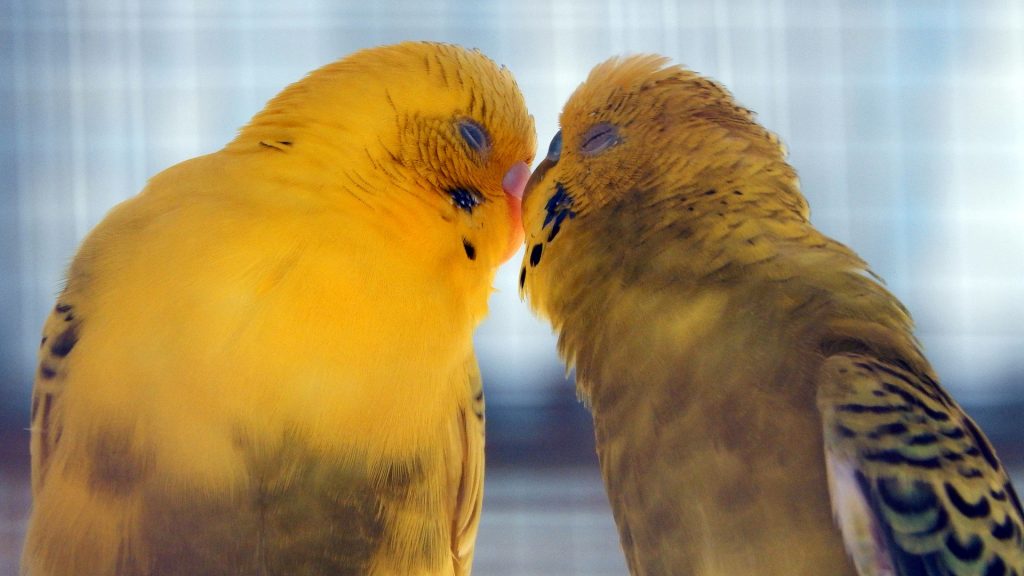Lovebirds are one of the most famous pet parrot species. Beautiful and intelligent, these little birds have been one of the most loved kinds of African parrot for more than hundred years. Although, there are a lot of myths out there about lovebirds, their behavior, and what it’s like to keep them as pet birds. If you’re interested in learning more about what lovebirds are like, then you should read this article to find out basic facts about these little birds.
1.Lovebirds usually do not talk
Although they are a kind of parrot, and they do have the capability to mimic human speech, Lovebirds are not among those species that most would consider talking birds. This is because they hardly decide to speak, and if they do choose to mimic a sound, more often than not they repeat simple noises such as whistles or household sounds like doorbells and microwaves. It is not well known why some lovebirds are more exposed to mimicking speech than others, but it is believed that those who do learn to talk are taught from a young age.
2.There are many types of love birds
There are different types of love birds. There are nine separate sub-species of these tiny parrots, each have their different traits and characteristics. They are the masked lovebird, the black-cheeked lovebird, the Fischer’s lovebird, the Nyasa lovebird, the Swindern’s lovebird, the red-faced Lovebird, the Abyssinian lovebird, the Madagascar lovebird, and the beloved peach-faced lovebird. The peach-faced lovebird, which is the most popular, can be determined by the rainbow of yellow, green, and blue on their bodies as well as their bright peachy-pink faces. Whereas the different types of lovebirds have differences in looks and temperament, on average, all of the lovebirds life spam is 20 years in capativity.
3.Lovebirds are the smallest parrot species
Lovebirds are one of the smallest members of the parrot family. On average, most lovebirds fall between 5 and 7 inches in length at maturity, while measured from the beak to the end of the tailfeathers. Their small size has worked to push their popularity among those who live in apartments and other small spaces. Bird lovers have found it easier to house and care for these tiny birds instead of keeping a larger parrot species such as a macaw or a cockatoo.
4.Lovebirds are very attractive
Like other birds , lovebirds are very active birds that need quite a bit of exercise to stay in good physical condition. Those interested in keeping a lovebird must be eager and prepared to give their feathered friend a bird-safe place to play outside of its cage for hours per day. This will let the bird to exercise all of the muscle groups that it needs to keep healthy, as well as provide important mental stimulation that these very intelligent animals require.
5.Lovebirds should always be kept in pairs
It is a widely supposed myth that you should never own a solitary lovebird and that if they are not kept in pairs, they will die of depression. While it is right that they are extremely social birds who thrive on interaction and must be socially stimulated, in many cases, bird owners should keep single lovebirds. This is because these birds breed quickly in captivity, and most bird owners are not capable of caring for whole parrot family. It is also worth noting that birds kept in pairs tend to bond with each other and shun human interaction. Those who would like their bird to be loving and open to being handled by human hands have found that it’s ideal to keep birds by themselves and devote ass much time as possible to playing and socializing with them so that their needs are fulfilled.


Recent Comments